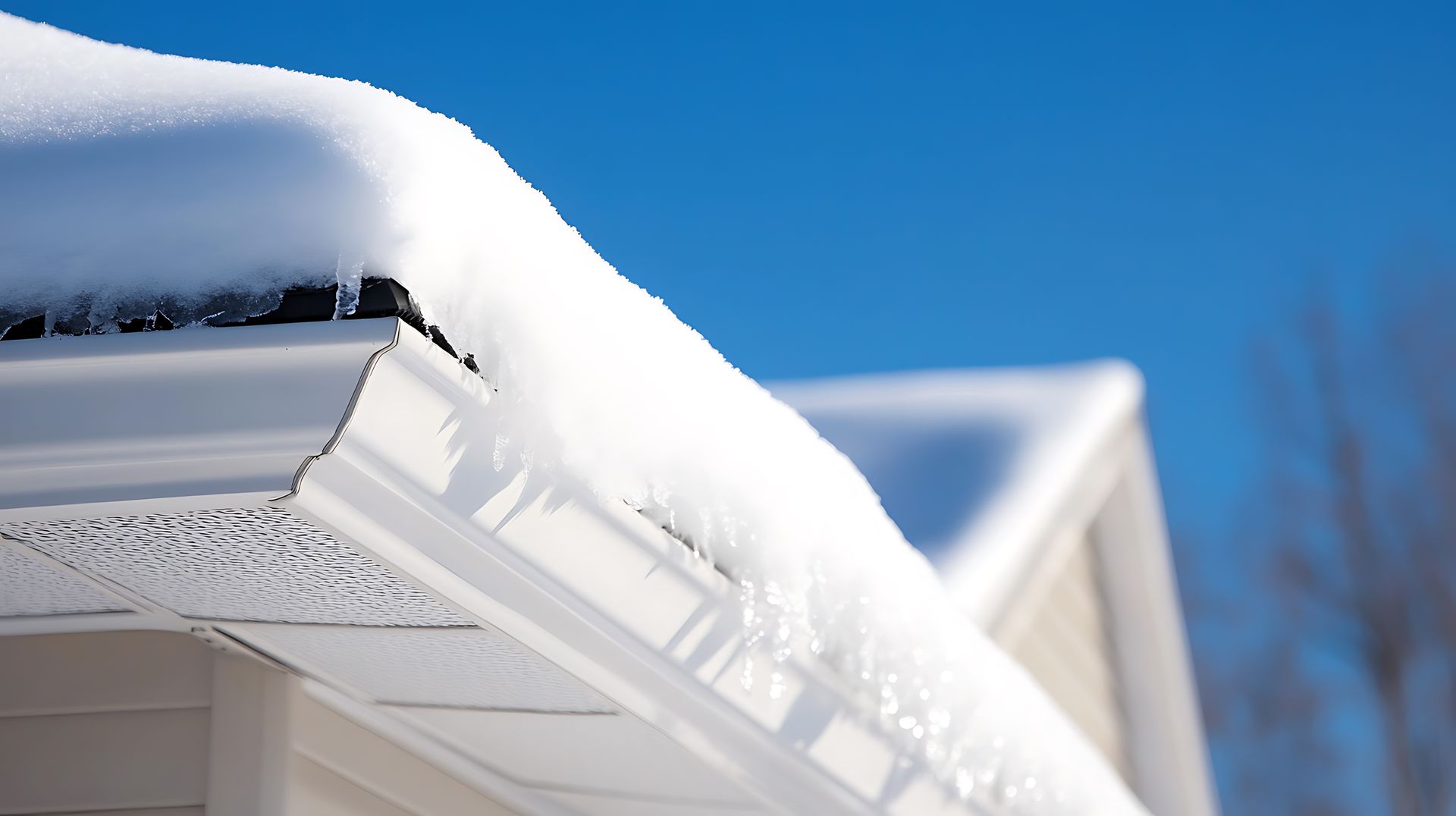Ohio summers bring long, sunny days, rising temperatures, and a thick wave of humidity. While it may be great weather for barbecues and poolside relaxation, summer heat and humidity can seriously affect your home, especially its foundation and structural integrity.
Understanding how seasonal heat and moisture affect your home is essential for proactive maintenance. In this post, we’ll explore the effects of summer weather on your home’s foundation and structure, signs of damage to watch for, and tips to protect your investment.
1. Soil Expansion and Contraction
Ohio's soil, particularly clay-rich soils common throughout the state, is highly responsive to moisture changes. During summer:
- Excessive heat causes the soil around your home to dry out and contract.
- Sudden storms and humidity reintroduce moisture, causing the soil to expand again.
This constant expansion and contraction places stress on your home’s foundation. Over time, the movement can lead to cracks, shifting, or uneven settling of the foundation.
What to Watch For:
- Stair-step cracks in brick or block foundations
- Cracks in drywall, especially around doors and windows
- Doors or windows that stick or no longer close properly
- Sloping floors or gaps between walls and ceilings
2. Humidity and Moisture Intrusion
While dry soil can be damaging, so can high humidity levels and moisture buildup, particularly in basements and crawl spaces. Warm, moist air can lead to:
- Condensation on cool basement walls or pipes
- Mold and mildew growth in poorly ventilated areas
- Wood rot in framing, support beams, or subflooring
Humidity is especially problematic for older homes in Ohio with limited ventilation or waterproofing.
What to Watch For:
- Musty odors in basements or lower levels
- Visible mold or mildew on walls, ceilings, or insulation
- Sagging or spongy floors
- Rust or corrosion on metal support structures
3. Cracks in Driveways and Patios
It’s not just your house that’s affected; outdoor concrete surfaces like driveways, sidewalks, and patios are vulnerable to summer stress too. When concrete heats up, it expands. Without room for that expansion, it can lead to surface cracking.
Then, when storms roll through, water seeps into those cracks and accelerates the deterioration, especially when paired with heavy foot or vehicle traffic.
4. Wood Framing and Structural Shifts
Humidity can also impact the wooden components of your home. Wood absorbs moisture from humid air, which can cause it to swell, warp, or shift.
This movement may be minor, but over time it can:
- Affect framing around doors and windows
- Cause squeaky or uneven floors
- Lead to misaligned drywall and trim
Proper ventilation and humidity control can reduce this risk.
5. Pest Activity
Summer heat and moisture also attract pests, like termites, carpenter ants, and rodents, that can threaten your home’s structure. Termites, in particular, are drawn to moisture and can quietly do extensive damage to wooden framing and support beams.
What to Watch For:
- Hollow-sounding wood or blistering paint
- Mud tubes along foundation walls (a sign of subterranean termites)
- Droppings, chewed wood, or nesting material in crawl spaces
How to Protect Your Home
✅ Maintain Proper Drainage
Ensure gutters are clean and downspouts extend away from the foundation. Ensure the grading around your home slopes away to prevent water pooling near the base.
✅ Use a Dehumidifier
Install dehumidifiers in basements or crawl spaces to reduce excess humidity. This helps prevent mold, wood rot, and structural weakening.
✅ Inspect Your Foundation Regularly
Walk around your home and basement every few months to check for cracks or signs of moisture. Catching issues early can save thousands in repair costs.
✅ Install or Maintain a Sump Pump
Ohio homes prone to basement flooding should have a working sump pump. Check it seasonally and consider a battery backup in case of power outages.
✅ Schedule a Professional Inspection
If you suspect structural movement, water damage, or humidity-related problems, a professional home inspection can pinpoint the cause and recommend solutions before the damage worsens.
Conclusion
While summer is a time for enjoying the outdoors, it’s also a season when your home may be under stress. Heat and humidity can quietly weaken foundations, shift structures, and encourage damaging moisture buildup. Ohio homeowners can protect their properties with regular inspections, good drainage, and smart moisture control strategies.
When in doubt, call a qualified home inspector to assess potential issues before they become major repairs. Your home will thank you for it.




